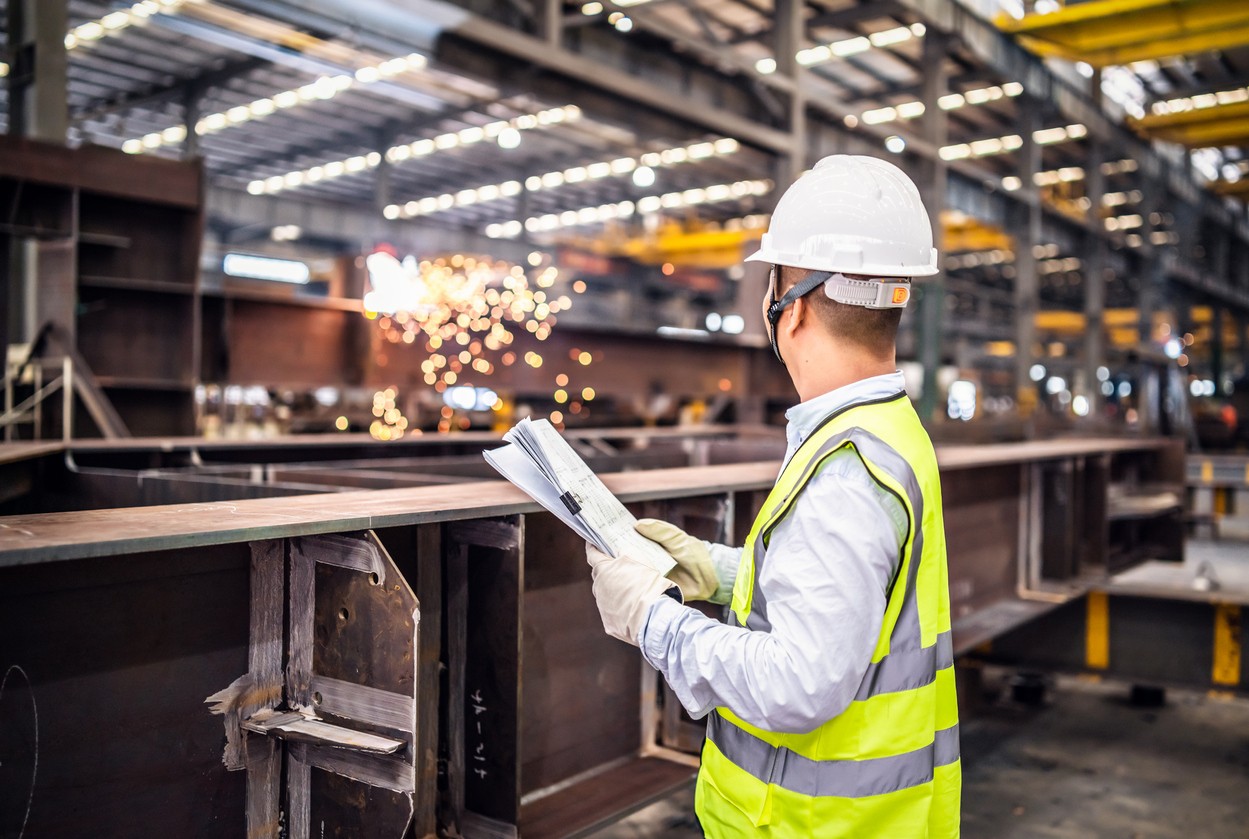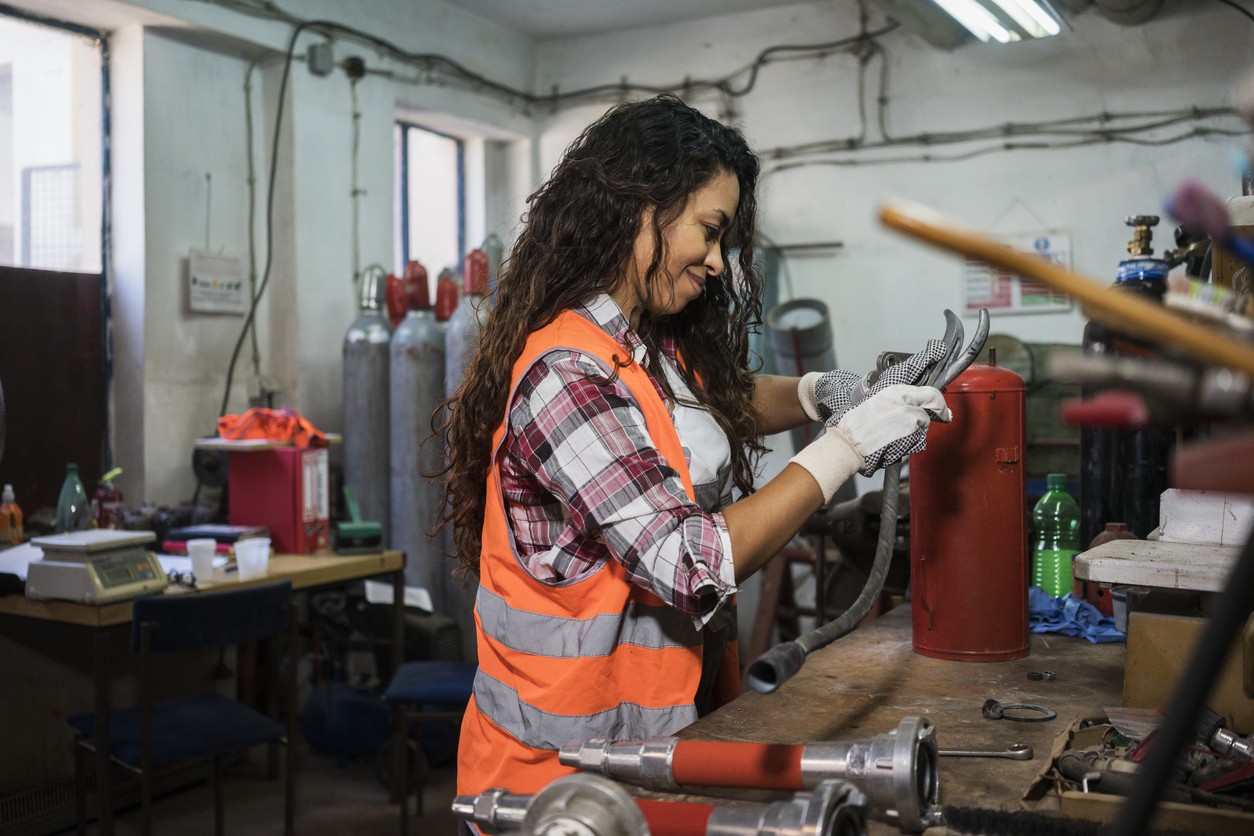Do You Know About Fire Safety Inspection?

The fire department conducts fire safety inspections of a facility frequently to point out the risks and dangers associated with the fire. Then, the employers have to make the desired changes accordingly to the results. It all depends on the state or city laws or local jurisdiction relating to inspection of facilities, how these inspections are carried, and how long it takes to complete. You have to take these inspections seriously, as it could put someone's life at risk. It is advised to acquire some knowledge about the ordinances applicable to fire inspection and standards required by the state. Understanding the procedures and requirements for inspections helps employers comply with inspection codes and prevent the problems that they could have faced.
To maintain a good relationship with fire inspectors, you should be prepared for the inspection and comply with the inspection requirements. Surprise visits are frequent, and inspectors carry out surprise inspections just like the food-related establishments. These surprise visits lead to better preparation and keep employers up to date with the fire protection initiatives. Fire safety inspectors check the following things at the time of inspections:-

The inspector will examine the workplace's prevailing safety system, including the active safety systems vs. passive safety systems.
The active fire systems consist of:.
- Smoke alarms.
- Fire extinguishers.
- and fire sprinkler systems.
On the other hand, passive fire systems consist of that equipment that helps prevent fires and contain them while helping people in the safe exit. We can take exit signs and exit doors as an example.
The fire inspector has to identify the potential fire hazards within the facility, and he'll point out possibilities that could spark a fire.
The inspector will ensure the safe access of emergency responders in the building at the time of emergency.
Fire safety inspections are mandatory to provide a secure environment in the workplace. The annual fire inspection brings many positives, or when the same is done in compliance with local laws, it brings the following outcomes:-
Regular inspections make the workplace or building safe for employees.
- It ensures the safety of residents and visitors to the building.
- It helps in job security because most of the facilities end up in loss after fire accidents and unlikely to open in maximum cases.
- Appreciate the building's value and avoid maintenance costs that would have been needed to fix the building in case of fire hazard.
- Fewer fire accidents mean lower insurance costs, which would have been required to maintain the building and use of fire protection systems.
According to the fire department, fire hazards are reported every 24 seconds in the United States, which should not be the case. Although the death rate related to fires has reduced remarkably compared to decades ago, the numbers are still high.
Workplace safety is a debatable topic and requires detailed analysis to introduce new methods to prevent fire accidents at the workplace.



